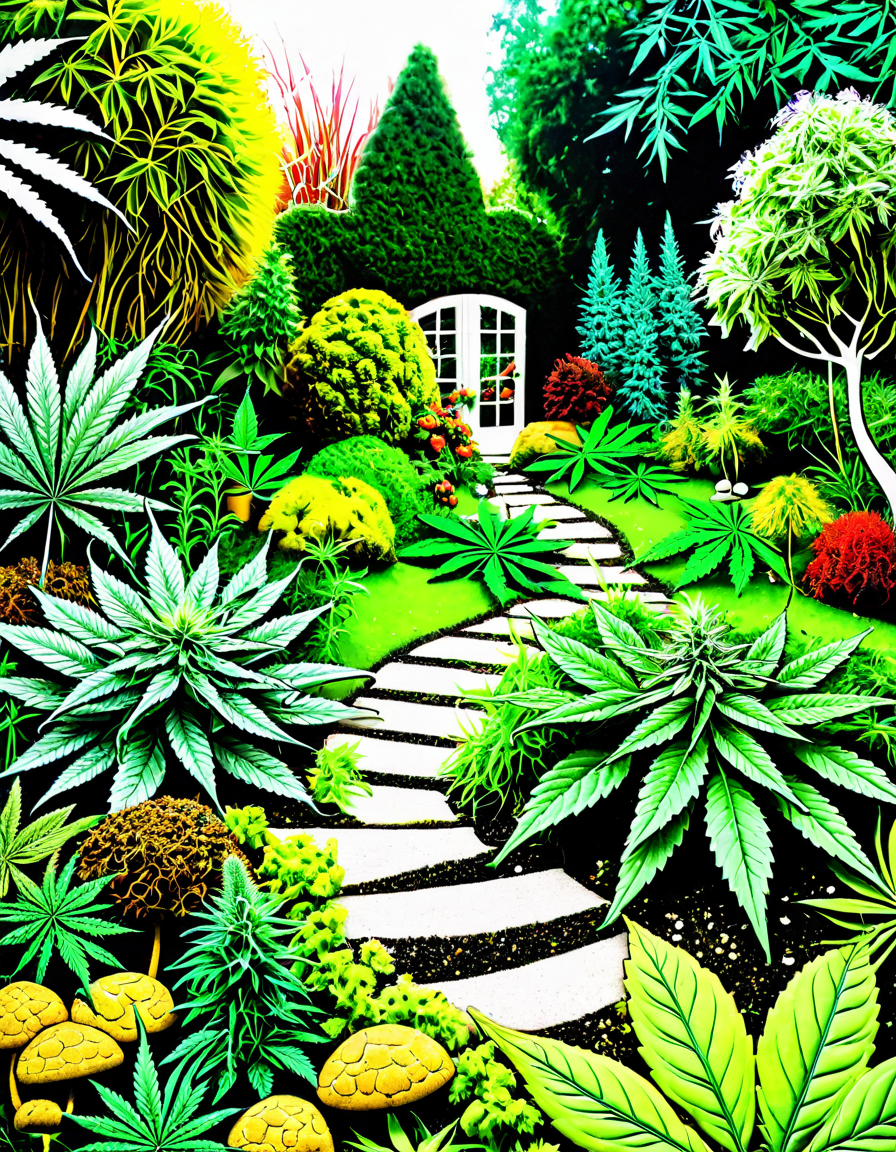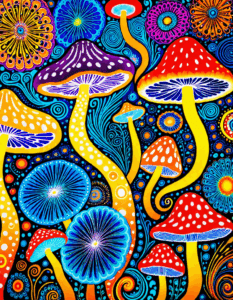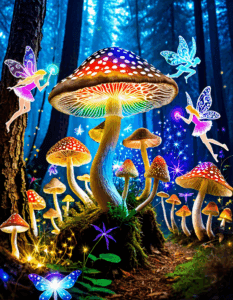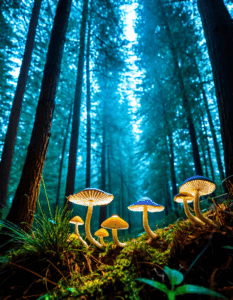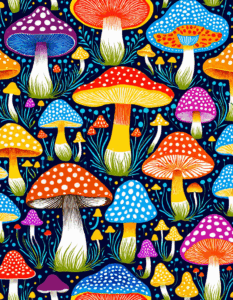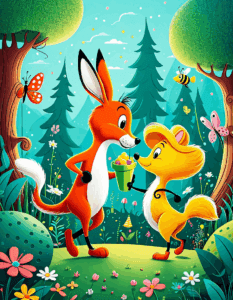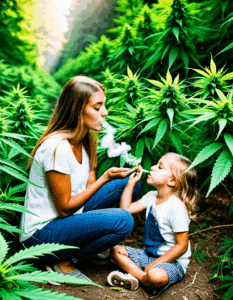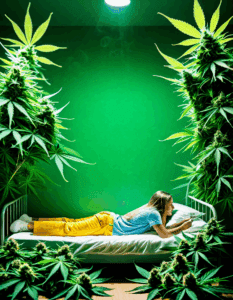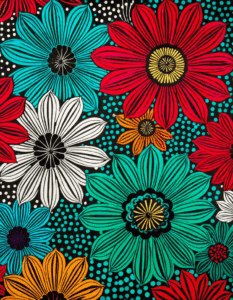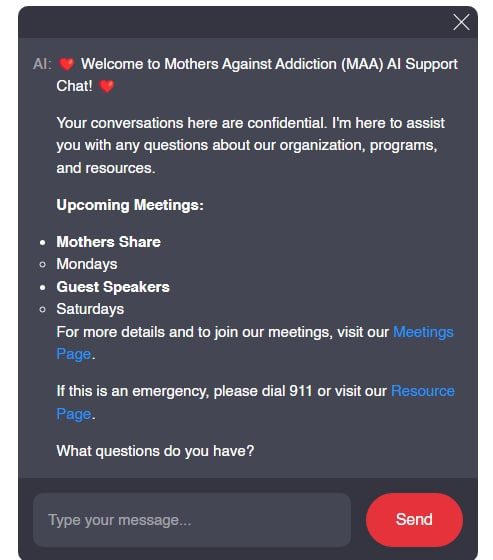As we dive into the cannabis conversation, one question sticks out: “Weed vs Hash: Which one is superior?” Understanding the distinctions between these two popular forms of cannabis can empower individuals to make informed choices. For parents facing the tough journey of watching their children struggle with addiction or losing them to it, knowledge is a gateway to awareness and understanding. Let’s break down what weed and hash are, how they compare, and what that means for consumers.
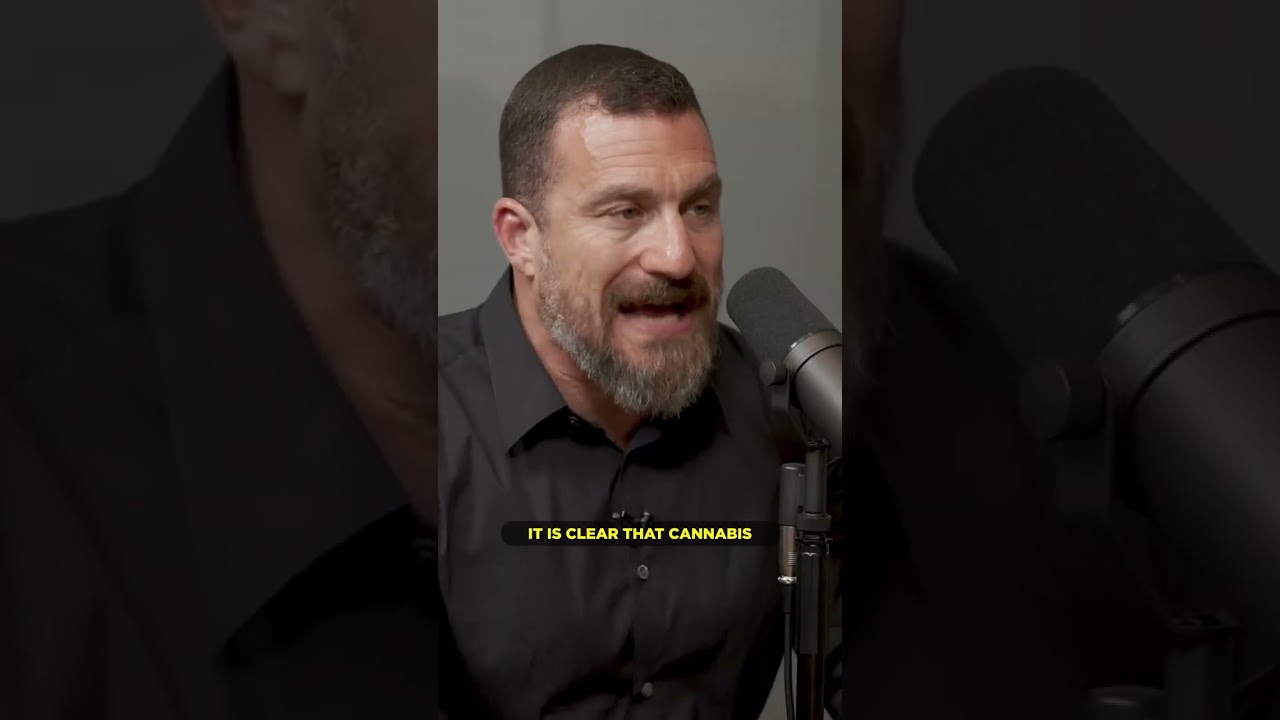
1. The Basics: Understanding Weed and Hash
Definition of Weed: Commonly known as cannabis or marijuana, weed refers to the flowering parts of the Cannabis sativa plant. It’s available in various strains, each boasting unique profiles of THC (the psychoactive compound) and CBD (the non-psychoactive compound). Consumers typically enjoy weed through joints, bowls, or vaporizers, with popular strains like Girl Scout Cookies emphasizing global cannabis culture. Educating oneself and family members about these distinctions helps paint a clearer picture of what many young adults are experiencing.
What is Hash?: Hashish, often shortened to hash, is a concentrated form of cannabis made by compressing the plant’s resin. There are traditional methods involving hand-rolling, and modern techniques like water extraction, which creates variations known as bubble hash and hash oil. Hash typically has a higher potency due to its concentration, making it stronger than most common weed varieties. Understanding hash aids in recognizing why some users gravitate towards it, especially those who seek a more potent experience.

2. Top 5 Comparisons: Hash vs Weed
1. Potency and Effects
Potency is one of the most significant factors in the weed vs hash debate. On average, popular strains of weed like Girl Scout Cookies contain about 25% THC, while hash often boasts 60% or more THC. This difference translates to varied effects: while weed may provide a euphoric and relaxed feeling, hash can lead to a more intense high that some consumers relish.
2. Consumption Methods
When it comes to how people consume these products, there’s a clear distinction. Weed often comes in joints or blunts, with convenient pre-rolled options like brands from Jiva. On the contrary, hash can be consumed through dabbing or infused into edibles, like RSO (Rick Simpson Oil). This variety allows consumers to cater their choices based on their preferences and lifestyle.
3. Flavor Profiles and Terpenes
Flavor plays a starring role in cannabis consumption. Weed strains like Lemon Haze, known for their Limonene terpene, yield bright, citrusy flavors that consumers adore. On the flip side, hash varieties often feature Pinene, giving them an earthy aroma reminiscent of forests. Recognizing these flavor profiles helps consumers match their tastes to their choices, enhancing their overall experience.
4. Legal Status and Availability
The legal landscape varies drastically between states, impacting access and choices for consumers. In states like California, both weed and hash enjoy legal statuses, while in more restrictive areas like Texas, access remains limited. For parents, being aware of these regulations means understanding the environments their children might be consuming these substances in.
5. Cost and Value for Money
When examining costs, there’s a noticeable difference. Top-tier weed brands like Cookies may range from $25 to $50 per eighth, whereas hash products like Hash Plant can vary widely in price, often attributed to quality and extraction method. This distinction highlights the need to consider both quantity and quality when making purchasing decisions.
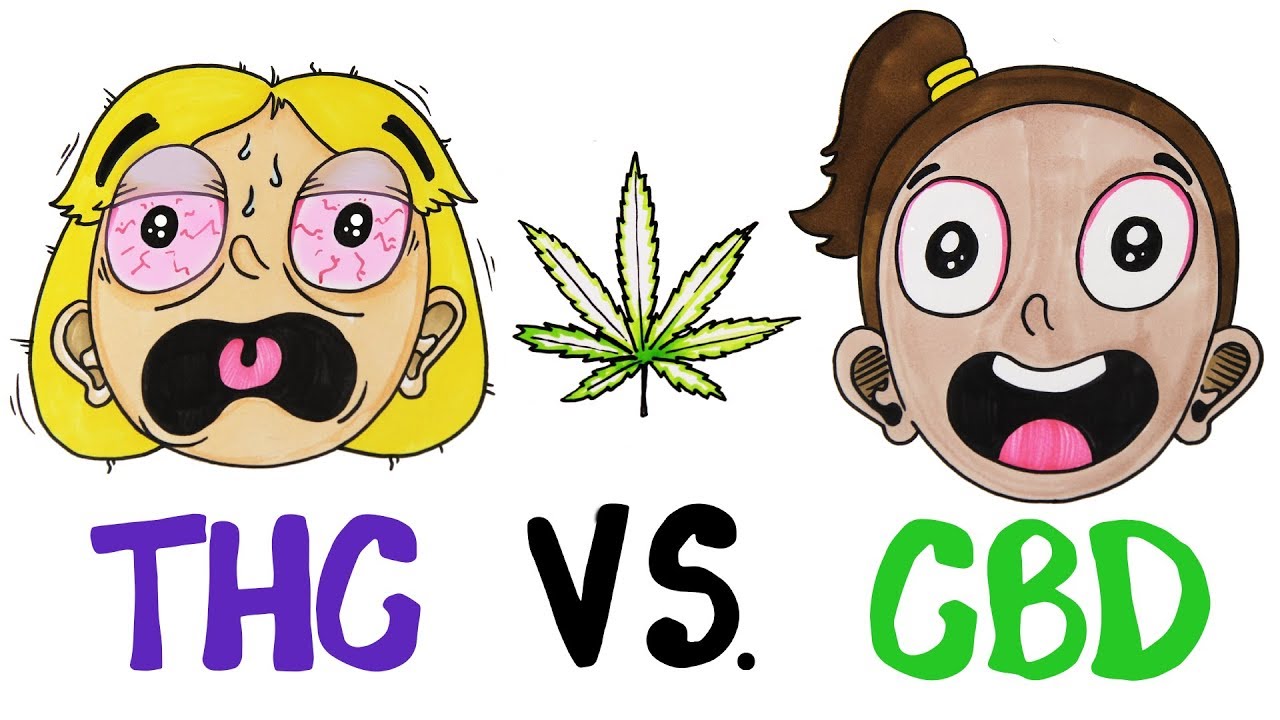
3. The Cultural Influence: Hashish vs Weed
Historical Context
Historically, hash has played a monumental role in various cultures. In Middle Eastern societies, for instance, it’s been a vital part of social rituals. Conversely, modern-day cultures in the West embraced weed as part of countercultural movements and celebrations. Understanding this journey adds dimension to the discourse on weed vs hash, illustrating that these products are more than just substances; they’re a part of cultural legacies.
Celebrity Endorsements
Celebrity influence remains strong in the cannabis industry. Figures like Snoop Dogg champion weed through ventures like Leafs By Snoop, while others, including Wiz Khalifa, promote hash-focused products. This growing interest from public personas shapes consumer trends, making it essential to acknowledge their role in the modern cannabis conversation.
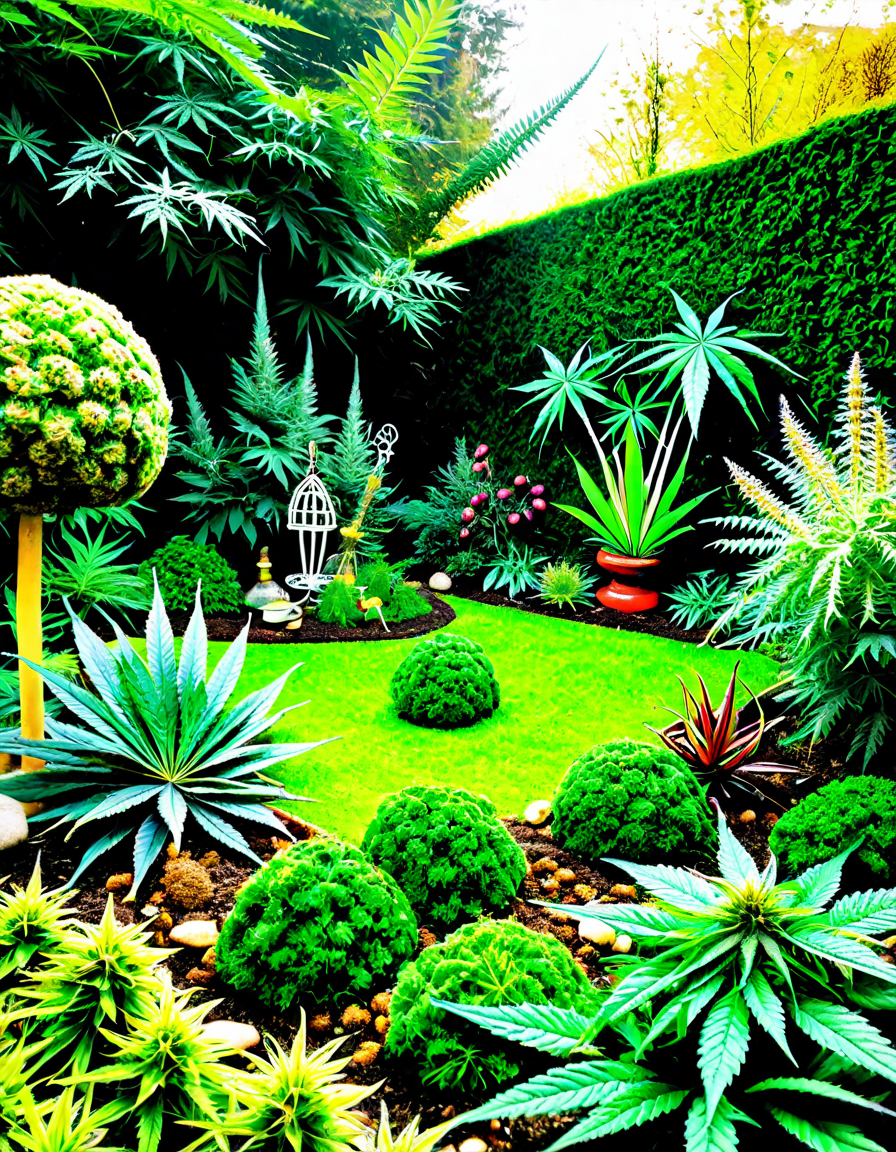
4. Health and Safety Considerations: Weed vs Hash
Initial Health Perspectives
Health perspectives on weed vs hash vary. Smoking either can have potential respiratory concerns, while edibles derived from hash might provide a safer alternative for those worried about inhaling substances. It’s crucial for parents to be conversant with these health implications as they navigate conversations around substance use.
Addiction and Withdrawal Insights
Addiction trends connected to both products raise concerns. Data suggests that both weed and hash can lead to dependency and withdrawal symptoms, impacting the lives of those who feel compelled to use them regularly. Awareness of these potential risks can encourage informed discussions between parents and their children striving for healthy lifestyles.
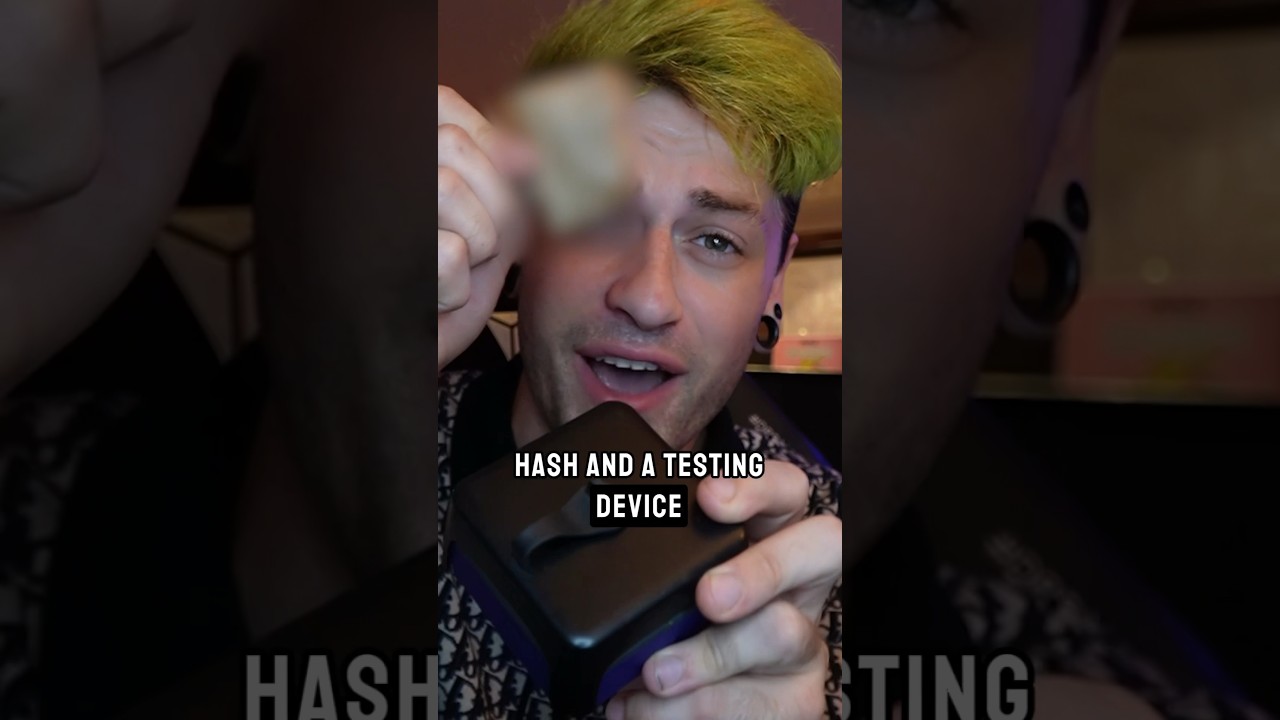
5. Future Trends: Hash vs Weed in 2026 and Beyond
Emerging Products
As we look into the future, trends show an emerging demand for edibles containing hash. Meanwhile, cannabis growers continue to develop strains with higher potency than ever before. Staying abreast of these changes helps everyone understand how the cannabis market shifts and adapts over time.
Consumer Choices
Consumer choices lean towards more potent products like hash, particularly among younger demographics such as millennials and Gen Z. Tracking these shifts gives parents insights into the evolving landscape, potentially aiding them in addressing their children’s interests and concerns regarding cannabis.
Final Thoughts: Navigating Your Preferences in the Marijuana Landscape
In today’s evolving cannabis culture, the weed vs hash discussion symbolizes not just a choice in consumption but a reflection of preferences and societal norms. As consumers learn about their options, they become empowered not only to make informed decisions but also to have meaningful conversations about these topics. For parents facing the struggles of addiction within their families, understanding these differences can cultivate compassion and resilience, guiding them through difficult paths to healing.
As legalization continues to expand, hash and weed are poised to together influence the dynamic cannabis landscape significantly. This understanding can foster connections between families, nurturing conversations that pave the way for healthier futures. If you or someone you care about is dealing with addiction, know that resources are available at Mothers Against Addiction.
Weed vs Hash: The Ultimate Face-off
What’s the Buzz: Weed and Hash Defined
To really understand the debate around weed vs hash, we need to break down what each of them is. Weed, also known as cannabis or marijuana, consists of the dried flowers and leaves of the plant. On the other hand, hash is made from the concentrated resin of the cannabis plant. This difference brings unique characteristics to each, appealing to diverse preferences among users. Speaking of preferences, did you know that various substances can create a buzz beyond just weed? For example, Opioids Examples paint a picture of other addictive substances that many might not realize exist.
Highs, Lows, and Facts to Know
Let’s talk about the highs and lows. Weed typically has a lower THC content compared to that of hash, which means users often enjoy a smoother and often longer-lasting high with hash. Hash can pack quite the punch. But here’s a fun tidbit—ever heard of B+ Mushrooms? Like hash, these mushrooms also elicit strong mind-altering effects but come from an entirely different plant family. It’s fascinating to think about the different paths people take when seeking their highs.
Legends and Cultural Impact
As we explore the cultural impact of weed vs hash, it’s intriguing to note that hash has roots deeply embedded in various traditional practices worldwide. For instance, ancient cultures utilized it for medicinal and spiritual purposes. This cultural significance is echoed in modern media as well—have you caught the current buzz around Invasion Season 3? Shows like this often bring to life stories that intersect with themes of addiction and recovery, helping shed light on tough topics. Additionally, beyond high culture, hash has gained its fair share of notoriety; think about icons like Rhonda Worthey, who navigate the challenging waters of addiction and personal challenges in the public eye.
In sum, whether you lean towards the leafy goodness of weed or the potent crunch of hash, it’s essential to recognize the larger context of substance use. After all, understanding the implications of what you consume, like the stark realities presented in lists that cover barbiturates drugs or fun flavors like Sizzurp purple, can significantly influence choices. It’s a wild world out there! So, whether you’re scrolling through platforms like Watchserieshd or diving into the narrative depth of art like Rondo Of Blood, never forget the stories behind our choices—especially when it comes to the ongoing conversation of weed vs hash.
